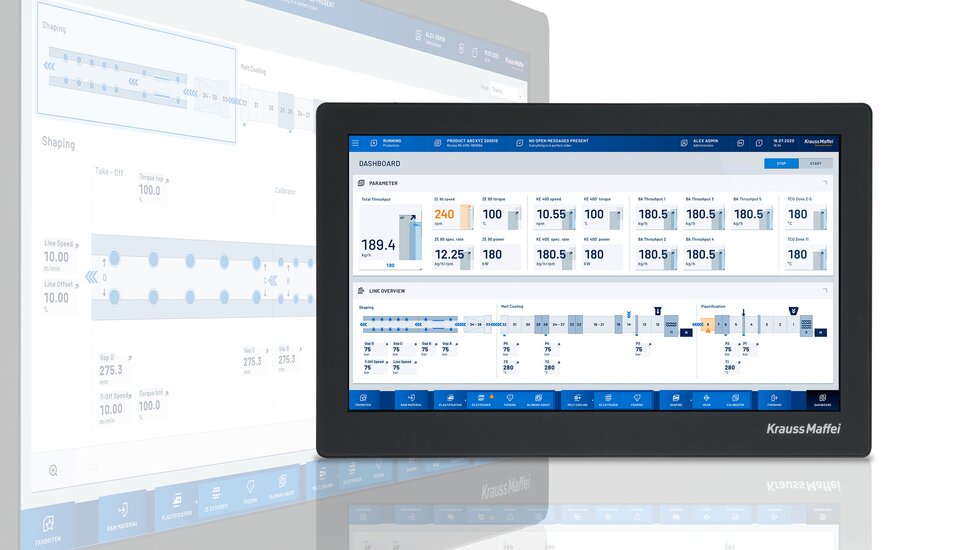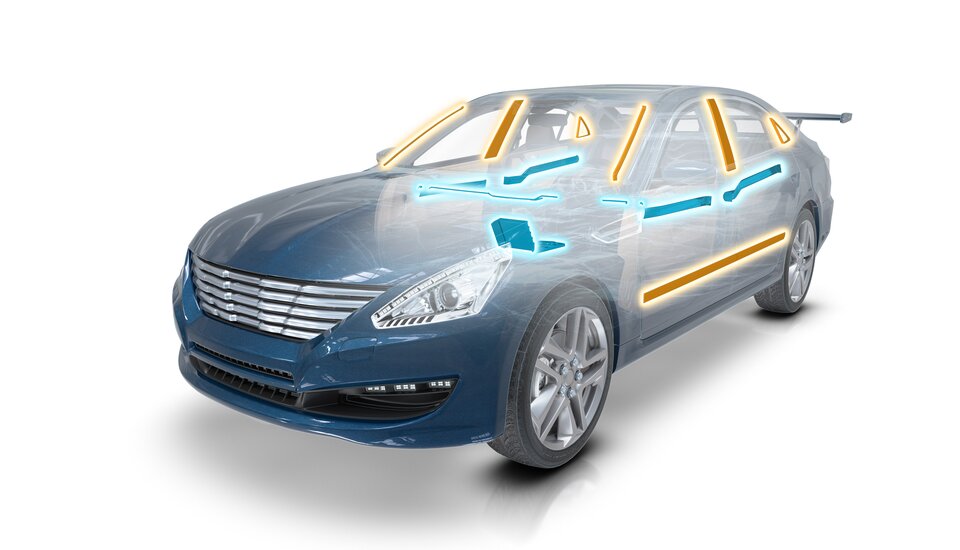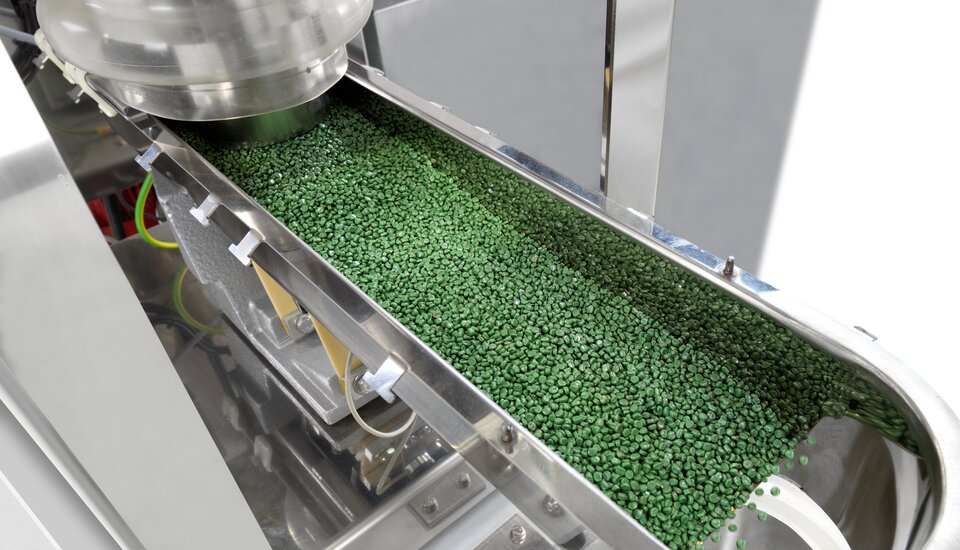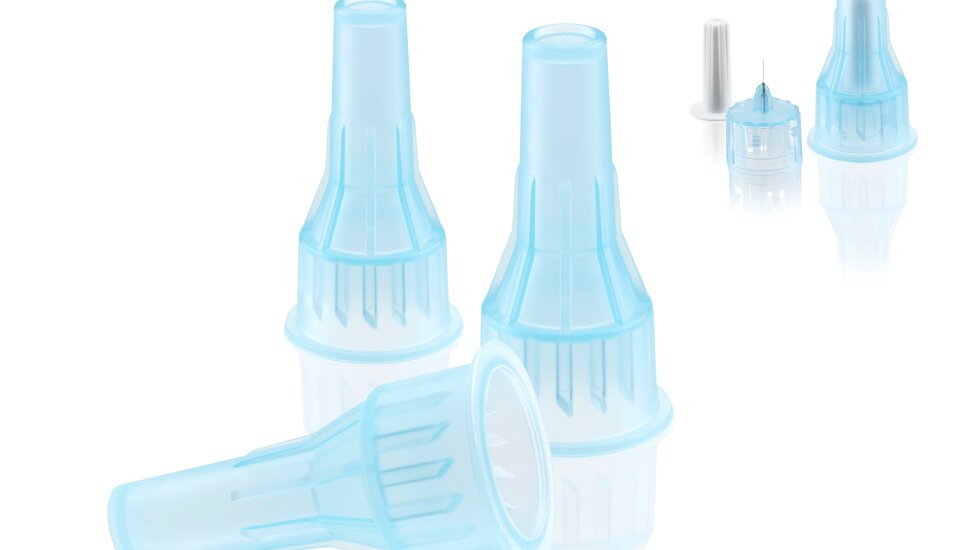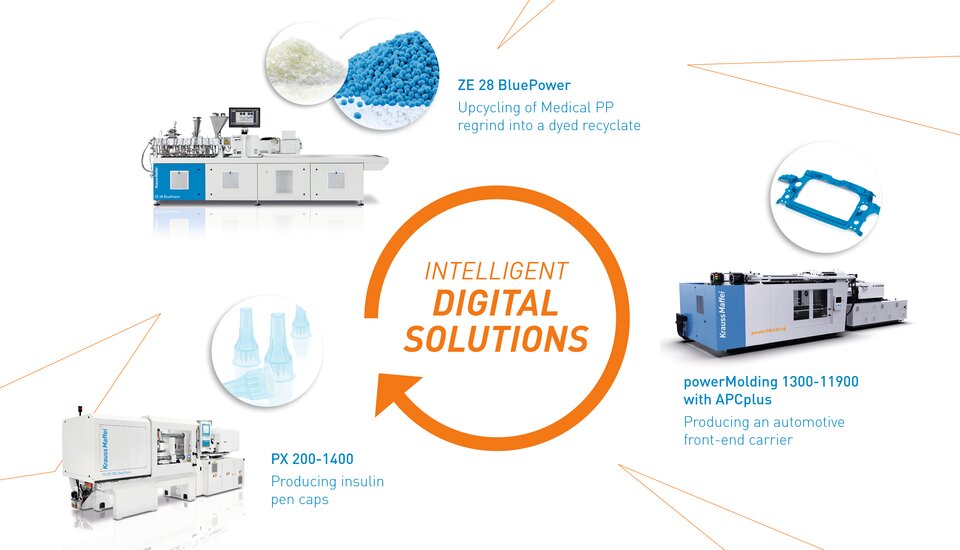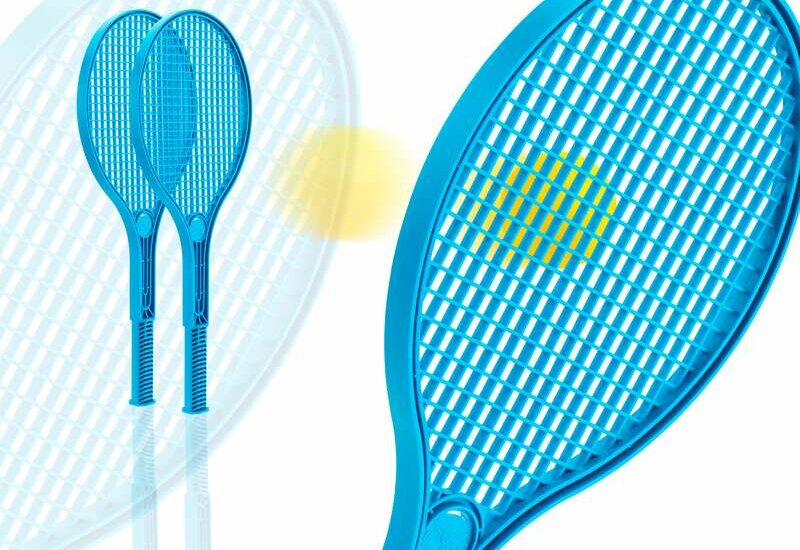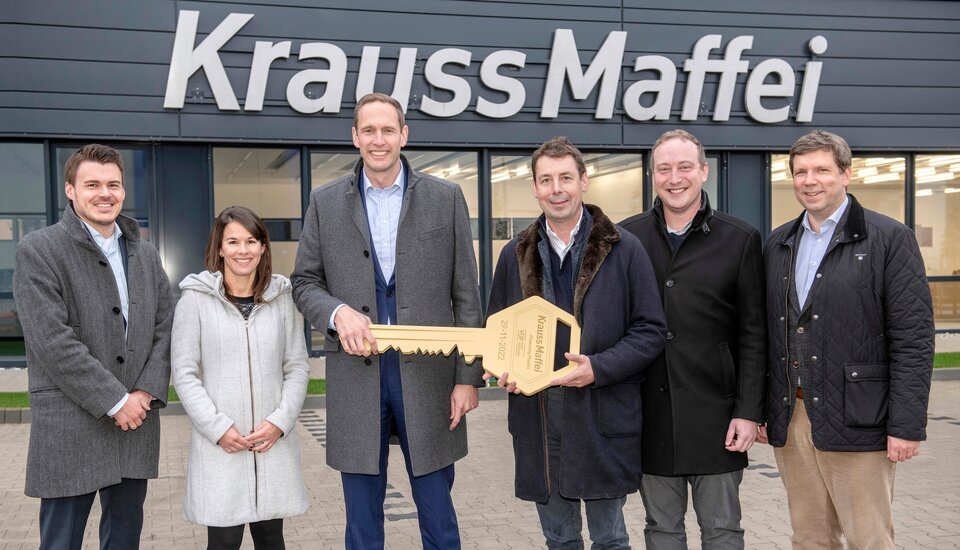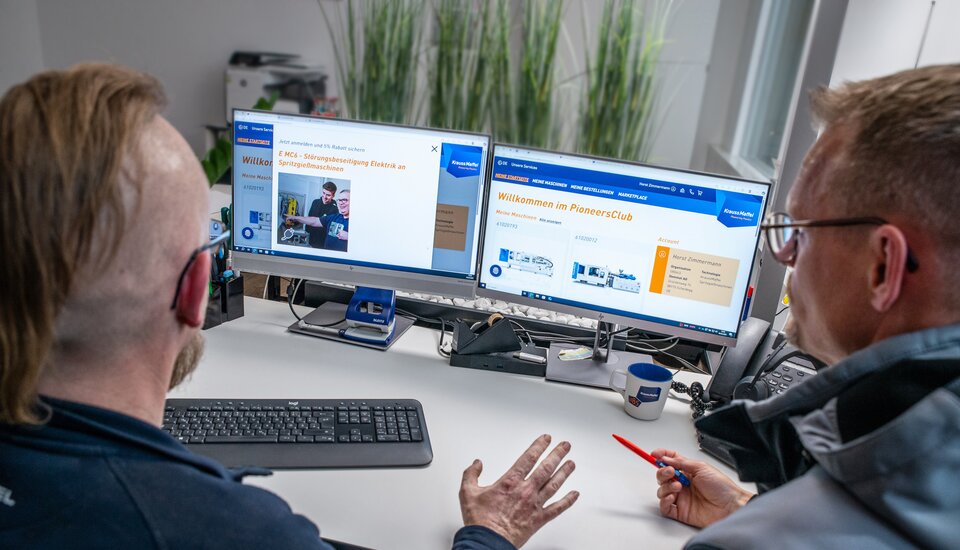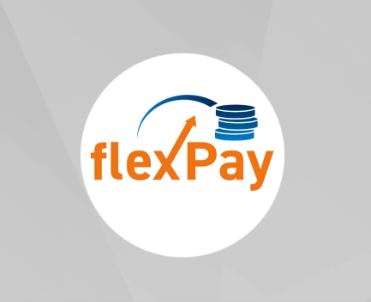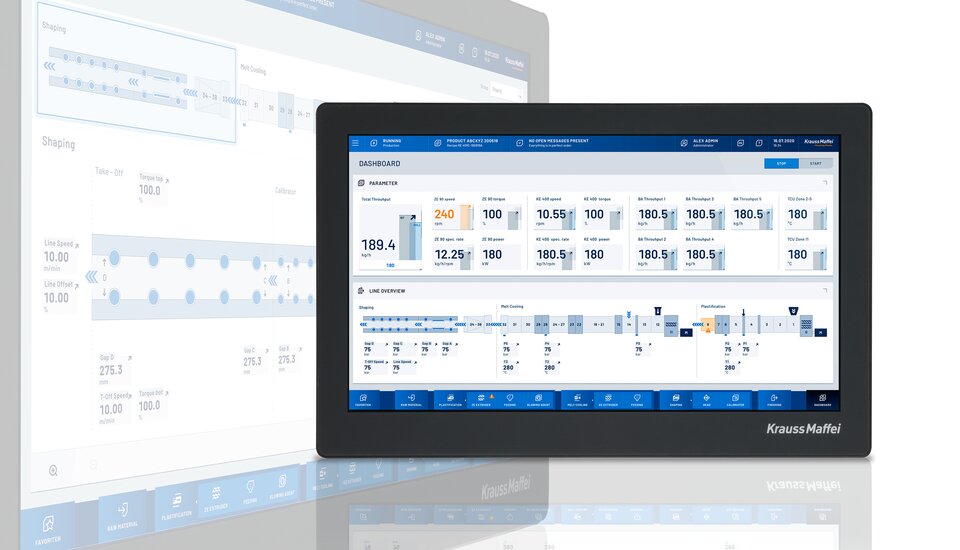
Processes & Products
“Multi-component injection molding for medical applications”
| Petra Rehmet
Potentials in healthcare, pharmaceuticals and packaging
We hold them in our hands every day: Several plastic components are often processed to produce toothbrushes with hard-soft combinations, as well as babies' pacifiers or inhalers. Where are the challenges in the areas of healthcare, pharmaceuticals and packaging in connection with multi-component injection molding? In an interview with Stefan Fenske (Director Global Application Owner Non-Automotive) and Markus Lunz (Head of Service Portfolio Development), ahead takes a look behind the scenes.
ahead
What is special about healthcare, pharmaceuticals, packaging and their applications?
Markus Lunz
In particular, the diverse range of use. On the one hand, we have absolutely everyday objects such as toothbrushes, but on the other hand also highly specialized articles for administering medicines. Many of these components are manufactured by multi-component injection molding, whether because specific colors are required or because the combination of hard and soft has haptic advantages. Also individual component parts are often subsequently fitted in the cleanroom. In both cases, sophisticated production solutions and intelligent mold concepts are essential.
ahead
What has KraussMaffei to offer its customers who want to be active in the multi-component sector?
Stefan Fenske
In this respect, our CX multi-component series, together with our smartAssist service options, provides the ideal comprehensive solution for our customers. The CX series, with its two-platen design and a second injection unit mounted in a Z position, is extremely space-saving. This is advantageous with production in the cleanroom, where every square centimeter less floor space also means a saving in cleanroom costs. Even the height of the machine increases only slightly, and there is room left over for a linear robot for component demolding. Another advantage: Tempering units or other peripherals can be accommodated underneath the cantilever clamping unit. The necessary space requirements are thus reduced to a minimum and the customer will be able to produce with outstanding efficiency and cost-optimization, particularly in the cleanroom.

Minimum space requirements in the cleanroom:
The CX series with a second injection unit in Z position
ahead
On the one hand, these days the medical sector is booming, on the other hand it is extremely difficult to provide the customer with service on location. How do you meet this challenge?
Markus Lunz
During the various shutdowns, we were regrettably unable to support many of our customers on location as usual. These services might include machine setup or troubleshooting. In this respect, it pays off particularly that, with Digital Service Solutions, we possess our own business division that develops appropriate solutions in-house. SmartAssist, for example, is our direct line to the customer via a secure audio/video link. Technicians on location can thus coordinate with our experts from anywhere, for example when adjusting the process or if a fault needs to be eliminated.
Always close to the customer:
The remote-service tool smartAssist ensures high machine availability, even in times of restricted contact
ahead
How can I envisage this dialog?
Stefan Fenske
Here we can use the possibilities of augmented reality, for example superimposed texts or symbols on real objects, in order to achieve our objective. All processes can be documented by screenshots or comments, and if you use smartGlasses your hands will even be free for the smartAssist appointment. Overall, the communication is considerably more efficient than by telephone or e-mail, and, moreover, extremely secure. So it's just what we need for the challenging times in which we are now living.
Contact
stefan.fenske@kraussmaffei.com




